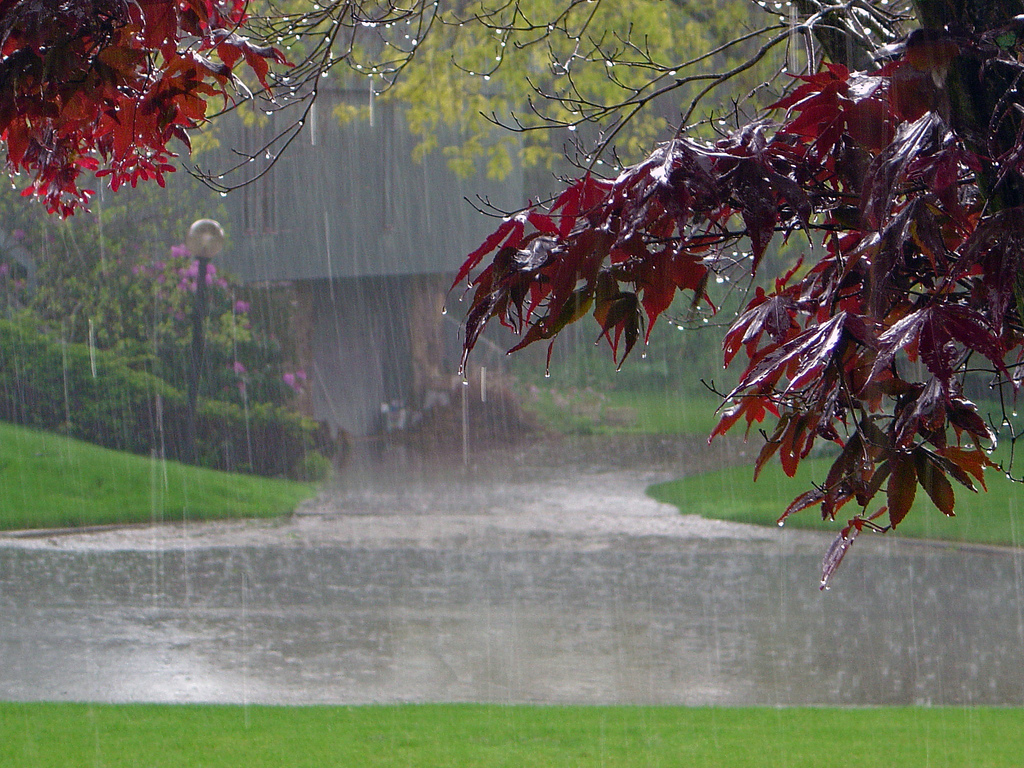Late summer is the peak time for dangerous thunderstorms, hurricanes, and tropical storms. Last year, flooding caused by storms and other natural disasters led to nearly $7 billion in damage across the U.S.
As a homeowner, you’ll want to be prepared in the event of a natural disaster. Although you can’t stop mother nature, there are some steps you can take to safeguard your home, protect your property, and keep your family safe.
Whether you’ve recently moved to a new area or are experiencing heavier storms this year, here are five tips to keep your home protected during dangerous summer storms.
1. Revisit your insurance policy
Depending on the type of mortgage you have, you may already have homeowners insurance. Even if you do, it’s a good idea to review your policy and make sure your coverage protects you in the event of a major storm. This is especially crucial if you live in an area prone to natural disasters, such as Florida.
If you are in a high-risk area, you may want to look into flood insurance because your homeowners policy typically doesn’t cover damages from flooding. You’ll need to purchase a separate policy, but you may be able to bundle it with your insurance company for a small discount.
2. Have your roof inspected
Don’t wait to find out if your roof is in good condition. Have it inspected to make sure it can withstand heavy rainfall without causing leaks and damaging the inside of your home. Repair any spots that may be worn out, and don’t forget to check your gutters. Debris and leaves can clog the gutters and lead to water pooling along your roof, which could cause sinking, leaking, and additional damage during a summer storm.
3. Protect your windows and glass doors
If you live in an area that’s frequently hit by hurricanes and tropical storms, you might want to have storm shutters installed to help protect your windows. These shutters can help stop the wind, rain, and other debris from breaking the glass of your windows during a particularly turbulent storm. If you have sliding glass doors, you can also reinforce them with storm shutters. Storm shutters aren’t foolproof, but they’ll offer another barrier to help protect your windows.
4. Clean up your yard
Before a storm, make sure you store any lawn furniture or decorations that could be tossed around and cause damage during a storm. Place your furniture, string lights, garden decorations, bikes, trash cans, and even your grill inside your garage, shed, or house until the storm has passed. Not only will this help protect your belongings, it will also prevent the wind from sweeping your furniture away and crashing it into your car, house, or a neighbor’s property.
If you are storing items in a shed, make sure it’s tied down and secured. If you have equipment outside that can’t be removed, such as a child’s slide or swing set, tie it down using secure anchors to keep it in place before a storm hits.
5. Gather supplies
Storms can knock out power or leave you stuck inside your home for hours or days. Prepare for the worst by keeping enough nonperishable food for yourself, your family, and your pets for a week or more. Make sure you have plenty of drinking water, as well as some for bathing and washing your hands.
Pack clothing, shoes, a flashlight, a first aid kit, a battery-operated radio, battery charges, candles, and blankets. Be ready to go if conditions won’t allow you to stay in your home, or be prepared to bunker in place if needed.
It’s also a good idea to plan ahead in case a tree or another object breaks through your window or wall. Plastic sheeting or plywood can be used to temporarily cover any holes in your home until you can have them properly repaired.
Follow these tips to stay safe this summer and make sure you plan ahead if you’re expecting a big storm.
HomeZada Launches National Weather Service Weather Alerts with Zada AI Recommendations


